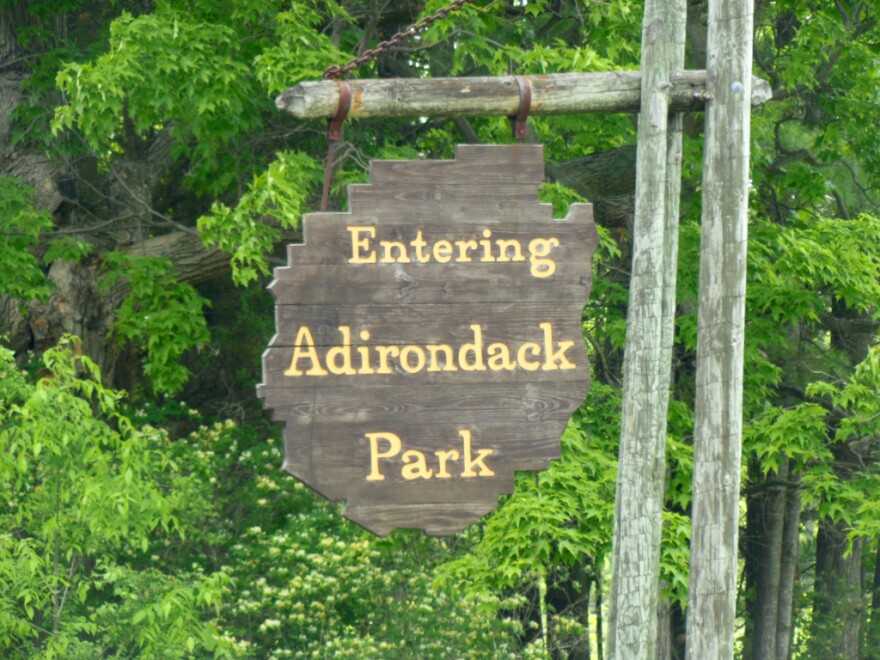For nearly a decade, the Common Ground Alliance has held a one-day annual forum in the central Adirondacks. WAMC’s North Country Bureau Chief Pat Bradley has a wrap-up of Wednesday’s meeting in Long Lake.
Organizers estimate that 200 people attended the summit to discuss Adirondack issues and strategies for a viable future. The theme of the ninth annual Common Ground Alliance forum was Building Vibrant Communities.
Hamilton County Board of Supervisors Chair Bill Farber says one of the most exciting aspects is watching the evolution of the Alliance. “When you think about it starting as a small core group of people trying to figure out if there was a way to get a cohesive and unified message to Albany in a way that anyone would listen. And then if you fast-forward to yesterday and we’re privileged to have the Lieutenant Governor there. I think that’s particularly telling because I think it shows the gravity, the gravitas if you will that CGA has developed.”
The forum is open to anyone and it’s drawn Albany’s attention. Among those attending this year’s meeting were the Lieutenant Governor, acting DEC Commissioner Marc Gertzman, Assembly representatives plus local officials and the leaders of numerous advocacy and conservation groups.
Focus groups discussed nine issues including recreational-based tourism, working families, local food, drinking water and wastewater infrastructure, invasive species and schools.
Adirondack North Country Association Executive Director Kate Fish says the forum’s focus links the need for economic strategies that support local communities. “How do we continue to attract the next generation of young people to come in? And part of that relies on maintain the integrity of the ecosystem. The school issue is critical just because without good small schools it’s very hard to attract young families. So the attracting young people was certainly a common theme. And there’s so much discussion these days about the resiliency and vibrancy and need to really think about our communities and how do we develop strategies to support the ones that are on a trajectory towards becoming really vibrant and those that are still really struggling.”
The Adirondack Futures Project issues reports on creating healthy communities and ecosystems in the Adirondacks over the next 25 years. Co-Director Dave Mason says the takeaway from this year’s forum is similar to previous years. “How do we have an economically viable set of communities, hamlets and villages that also are in tune with the protection of the landscape? And how do those two things work together? That’s what it’s been trying to do, looking back on it, for a long time. How do those things work together rather than in conflict? There’s a lot of people that think this is a problem we can figure out how to deal with. We don’t have to treat it as a choice.”
Fish finds it intriguing to follow how the issues impacting the Adirondacks have been discussed and addressed, and how others have evolved. “One of the things that it’s done very successfully is that as issues emerge and there’s a general sense of consensus around these are the emerging issues that we need to deal with, there are other groups that can take on and run with implementing or managing or trying to solve the issues. The Common Ground process itself is great because you come away with a general sense that people are very aligned around getting this done. So therefore we feel like we have almost a mandate to go out and try to address and solve some of these issues.”
The Adirondack Park is a six million acre mix of public and private lands. Some public lands within the Forest Preserve are constitutionally protected as forever wild.





